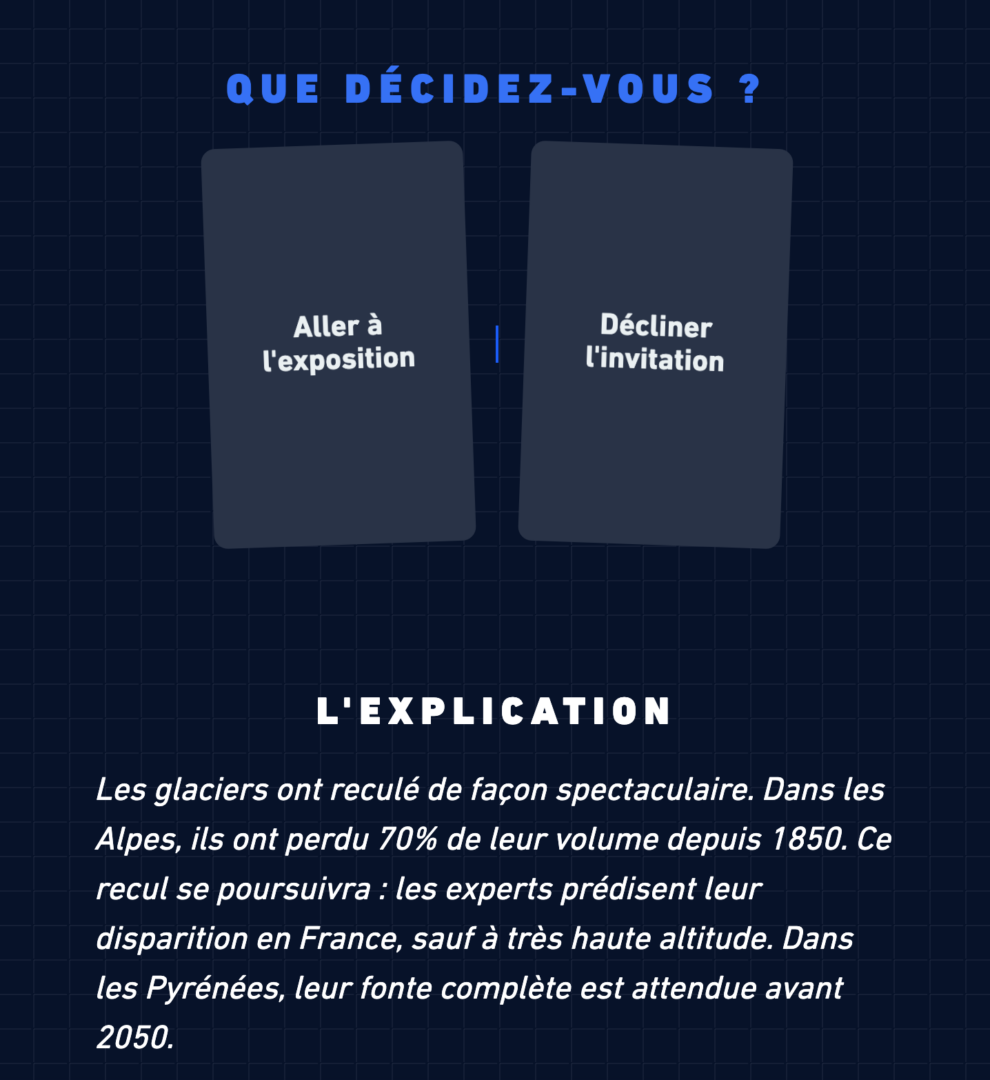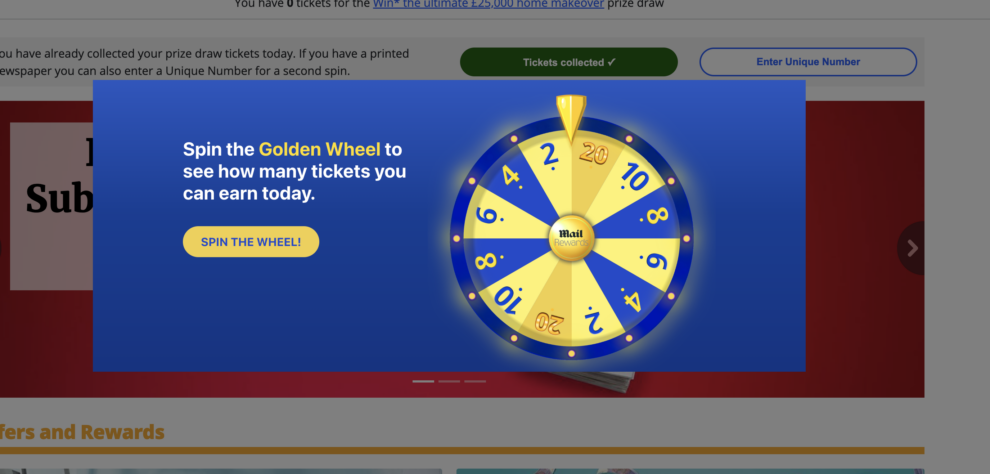Blog
Press Start to Engage: What Publishers Can Learn From the Gaming Industry
Many know how easy it is to lose track of time while playing a game, be it a round of Scrabble or a Mario Kart race.
But what makes games so successful at retaining players’ attention so consistently?
And what can news publishers learn from the gaming industry?
Publishers have made use of games (i.e., puzzles or quizzes) for decades both offline and online. They offer distinct advantages such as reoccurring engagement with the product, providing users a sense of satisfaction at finishing a task, and offering a break from passive news consumption.
However, publishers have a lot more to learn from the gaming sector than simply incorporating games into their product offerings. This article uncovers how gaming strategies can help publishers engage and retain their audiences, as well as some of the limitations.
What makes games so engaging?
Before learning how publishers can incorporate gaming strategies into their products, it’s important to understand what makes games so engaging in the first place. It boils down to a combination of the following:
- Interactive Storytelling: Games use narrative to immerse players, making them active participants in the story rather than passive consumers.
- Achievements and Rewards: Rewards, leveling up, trophies, challenges, and feedback loops keep players engaged.
- Community Engagement: Social interaction plays a big role in gaming, from multiplayer experiences to sharing achievements on social media.
- Personalization and Customization: Games often offer personalized experiences, where players can choose paths, customize characters, and influence outcomes.
- Regular Updates and Expansion Packs: Games keep content fresh, and players come back to experience new challenges, stories, and worlds.
- Accessibility and Ease of Use: Games are designed to be accessible to a wide audience, with varying levels of difficulty and tutorials for beginners.
Ultimately, however, what makes people come back time and time again is that “Games keep players engaged by helping them get better at something meaningful.” Indeed, gamification is “about promoting desired behaviors toward learning outcomes”.
In the news industry, the desired learning outcomes translate into meeting the four reasons why users consume news identified by Smartocto: to be informed, to gain a deeper understanding, to feel moved, and to take action. In other words, gamification attempts should always aim to amplify these needs for them to be successful.
How can publishers make their offerings more engaging?
Gamify content

Gamifying content is perhaps the most one-to-one incorporation of gaming strategies into the news sector.
Notable examples include L’Equipe, which transformed a story on climate change’s impact on sports into a choose-your-own-adventure narrative, offering a personalized and interactive storytelling experience. Similarly, The New York Times has used a point-and-click game to enhance the impact of their investigative reporting and Ouest-France has used a variety of interactive games in their L’Edition du Soir product for several years. Dagens Industri and Dagens Næringsliv, financial papers in Scandinavia have also ventured into creating an entire game world focused on stock market education, showcasing the vast potential of gamification in making complex subjects engaging and accessible.
However, publishers contemplating gamification must weigh considerations such as the substantial investment of time and resources required for high-quality interactive content, and the challenge of ensuring timely relevance, as the development process can delay the release of news-related games.
Gamify loyalty
Publishers can also gamify the reader’s discovery and activation.
For instance, The Daily Mail gamified their readership’s loyalty. Readers could enter a code found on the back of their edition to “Spin the Wheel” to win prizes. This prompted users to continue reading the paper to continue to accumulate chances to win. Similarly, Swiss media company CH Media ran two different “count-down” calendars where users could, upon registration, enter for the chance to win various prizes from sponsors. They found that players returned nearly every day and their advent calendar helped them garner 14,000 unique new leads.

Effective gamification requires proper planning and execution.
While examples of how publishers are using the elements of gamification in their content and retention strategies abound, it does have its limitations and should be used with considerable caution to avoid alienating audiences.
The main limitation, of course, is cost – both in terms of budget and time. Gamification is not something that can be implemented at the push of a button. Ultimately, working with editorial teams and third parties requires a monetary investment.
Beyond these hard limitations, there are also important strategic considerations. At the core, gamification needs to be intrinsically rewarding to the audience to be effective. Simply including a points system for reading articles or a quiz may not meet the news audience’s needs.
As Amy Jo Kim, CEO of Game Thinking Academy, put it:
“If metrics and rewards are your main event, you’ve got a shallow and/or manipulative product that won’t hold people’s interest over time. Well-crafted games are an artful blend of intrinsic pleasure and extrinsic scaffolding. Pleasurable activities are the beating heart; progress scaffolding (points, levels, badges, power-ups) serves to support and amplify the core activities.”
In other words, it is important to use gamification to enhance, not distract from the reasons that users come back to news products: to be informed, to better understand, to feel, and to take action. Hence, while gamification opens new opportunities in publishing, striking the right balance between engagement and content integrity is key, ensuring that the game never overshadows the message but rather, enriches the journey to knowledge.
Takeaways for publishers:
- Gamifying news products and content is a time and labor-intensive project. However, it can yield positive results – be it new leads or showcasing the value of a story’s content in a new format to users.
- Gamification only works if it serves to enhance the audience’s needs (why they read the news in the first place). Gamifying a product for its own sake may have the adverse effect of alienating the audience.
Other Blog Posts

Stay on top of the game
Subscribe to Twipe’s weekly newsletter to receive industry insights, case studies, and event invitations.
"(Required)" indicates required fields

